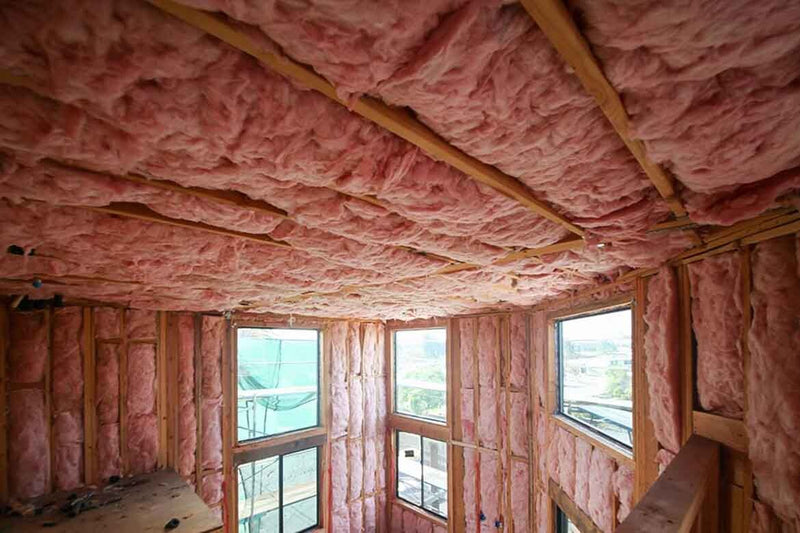Aramis Shop: Your Hub for Stylish Living
Discover the latest trends in home decor, fashion, and lifestyle at Aramis Shop.
Insulation: Your Home's Silent Superhero
Discover how insulation acts as your home's silent superhero, keeping you cozy and saving energy. Uncover the secrets to a comfortable and efficient home!
Understanding the Different Types of Insulation: Which One is Right for Your Home?
When it comes to maintaining energy efficiency in your home, understanding the different types of insulation is crucial. Insulation works by reducing heat flow, which can significantly lower your energy bills and enhance comfort levels. The most common types include fiberglass, foam board, spray foam, cellulose, and mineral wool. Each type has its pros and cons, making it essential to assess your specific needs. For example, fiberglass is an economical choice with good thermal performance, while spray foam offers superior energy efficiency and air sealing capabilities.
Choosing the right insulation for your home depends on various factors, including climate, budget, and the area you plan to insulate. Traditional options like fiberglass batts are great for unfinished walls, while foam board is ideal for basement walls and exterior applications. It's also important to consider the R-value, a measure of insulation effectiveness; higher R-values indicate better thermal performance. Consulting with a professional can also provide valuable insights into insulation types suited for your unique situation, ensuring optimal comfort and energy efficiency.

How Insulation Saves You Money: The Hidden Benefits of a Well-Insulated Home
Insulation is often perceived merely as a comfort feature in homes, but its benefits extend far beyond just keeping the temperature at a desirable level. A well-insulated home significantly reduces the amount of energy required for heating and cooling, which translates into lower utility bills. According to estimates, homeowners can save up to 30% on energy costs simply by improving their home’s insulation. This reduction in energy consumption not only decreases monthly expenses but also decreases the overall environmental impact, making it a win-win for both your wallet and the planet.
Moreover, the benefits of insulation go beyond energy savings. It enhances the overall comfort inside your home by maintaining consistent temperatures across different rooms, reducing drafts and cold spots. Insulation also acts as a sound barrier, minimizing noise pollution from the outside, which is particularly beneficial for those living in busy neighborhoods. Additionally, investing in quality insulation can increase your home’s resale value, as buyers often prioritize energy efficiency. These hidden benefits clearly illustrate that choosing to insulate your home is not just an expense, but a wise financial decision that pays dividends in the long run.
Is Your Home Under-Insulated? Signs You Need an Upgrade
Is your home feeling drafty or uncomfortably cold in the winter? Poor insulation can lead to significant heat loss, resulting in higher energy bills and an uncomfortable living environment. Signs you need an upgrade include inconsistent temperatures between rooms, noticeable cold spots, and increased energy costs despite no changes in usage. A home that struggles to maintain a consistent temperature often indicates inadequate insulation in walls, attics, or crawl spaces.
Another key indicator of under-insulation is the presence of condensation or moisture on windows and walls, which can lead to mold growth and structural damage. Additionally, if you find yourself frequently adjusting your thermostat, it may be time to consider upgrading your insulation. Regularly reviewing your home for these symptoms can help you keep your energy efficiency high and your comfort level intact. Don't let under-insulated spaces affect your quality of life - take action today!